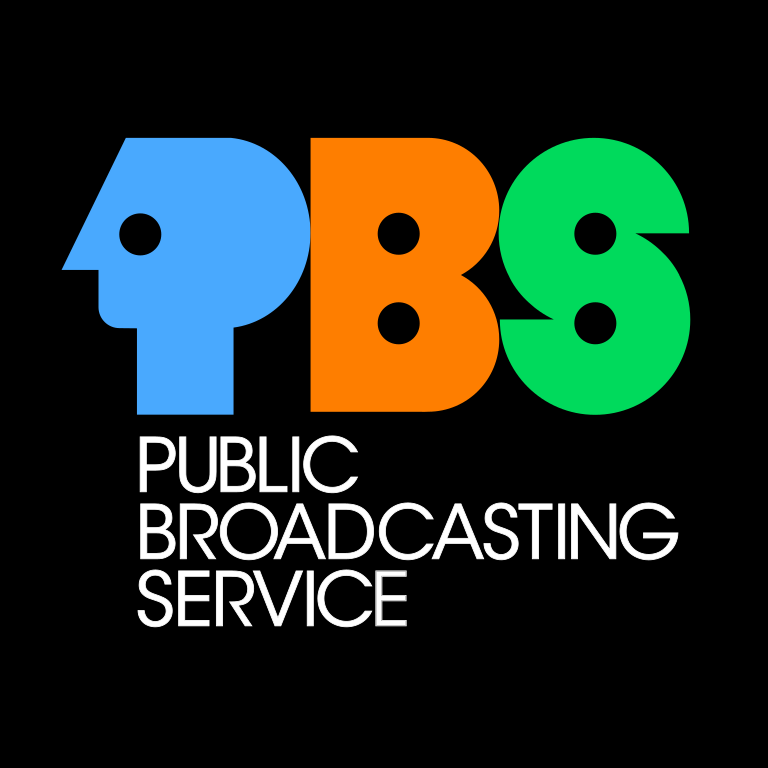As I wrote last year, I think our contemporary situation is defined by two trends. First, more and more Americans have lost faith in America’s institutions—government, the media, business, finance, academia—thinking that they are hostile, do not share their values, and are not meeting the needs of people like them. Second, more and more, the most important political divide in the United States is the split between those who believe the institutions are working for them and those who do not. Put succinctly, the Democratic party has become the party of the system and establishment, while the Republicans more and more trending toward being the party of those for whom “the system” is not working.
However, this distinction is lost of much of the elite class, and therefore much of our public discussion is conducted between the left and right wings of the Democratic party, rather than including any representative of the new Republican coalition.
This imbalance is particularly visible in our national media. And this week, I want to focus on an institution I’ve long respected: PBS.
I grew up with PBS as a central part of my intellectual development. I was a Sesame Street toddler, learned values from Mr. Rogers, and was nerdy enough to get hooked on the MacNeil/Lehrer NewsHour in the 1980s. These programs didn’t just entertain; they educated, fostered civic literacy, and built trust in public broadcasting. For generations, PBS has been one of the few places where Americans could find in-depth, respectful news and thoughtful political analysis without being bombarded by commercial sensationalism.
A hallmark of the NewsHour has long been its Friday night political commentary segment—pairing a left-leaning and a right-leaning columnist to hash out the issues of the week. The exchanges between William Safire—Nixon’s former speechwriter—and Mark Shield—his liberal foil—were particularly memorable.
But times have changed, and sadly, the NewsHour has not kept pace. Today, Jonathan Capehart represents the liberal perspective, defending Democratic policy with clarity and conviction. His counterpart, David Brooks, nominally represents the right. Yet Brooks, like many of his class, has found himself more and more at odds with the modern Republican Party—particularly in the Trump and post-Trump era. Twenty years ago, Brooks might have been a liberal Republican. Today, he fits comfortably in the center-left consensus that dominates elite institutions, including PBS.
The problem is not with Capehart or Brooks individually—they are both sharp thinkers and skilled communicators. The issue is structural: PBS has not updated its definition of political balance. While the party of the working class has shifted to the right, the right-of-center viewpoint now represented on public television barely registers with the voters who now make up the Republican base. In fact, on most Friday nights, the political discussion feels like “three Kamala voters kvetching”—if we include the host.
This is not just a critique of PBS; it’s emblematic of a broader problem in American media. Flip through most network or cable news shows and count how many of the participants likely voted for a Republican presidential candidate in 2024. The number is rarely a minority—and often zero. This creates an echo chamber that misrepresents the political reality of the country, including here in Virginia.
This disconnect helps explain the continued ratings dominance of Fox News and the steady decline of its competitors. As reported recently by Mediaite, Fox News continues to crush 2024 in the cable news ratings, while CNN has sunk to historic lows in key demographics. The mainstream media might be puzzled by this, but the explanation is simple: why would a large segment of the country tune in to watch a program that refuses to present their views fairly?
I would advise that many media outlets—and institutions more generally—need to hit a “refresh” button on their definition of “bipartisan.” Just because someone served in the George W Bush administration in 2003 does not mean they are still a Republican. The world has moved on. The Cheneys are no longer Republicans, just as Tulsi Gabbard is no longer a Democrat. Looking at bipartisanship through a contemporary lens may be uncomfortable for some, but is necessary to accurately see today’s partisan landscape.
In Virginia, we know that our politics can’t be reduced to Beltway labels. The family farmer in Rockingham County, the teacher in Newport News, and the IT specialist in Fairfax, each have different relationships to the system—and very different views of how well it’s working.
We need a new media ecosystem that understands today’s realignment.

